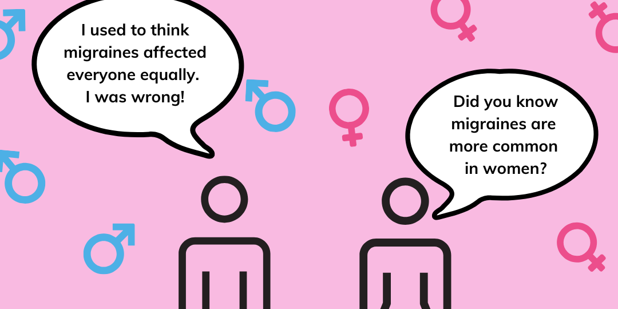The burden of migraines varies by sex. The general consensus is that migraines are predominantly a condition affecting more females than males. Research shows that after puberty, the frequency of migraines in women becomes 3 to 4 times higher than in men. Attacks are also typically more severe in women, resulting in greater levels of disability and a longer recovery time. The sex disparity in migraine is believed to be caused by hormonal factors, particularly estrogen, different reactions to pain, structural and functional differences in certain brain areas (the trigeminovascular system and the central nervous system’s pain), possible genetic factors and also, by behavioral and nutritional habits. Getting a proper diagnosis is essential for determining the right treatment plan to manage migraines in both men and women. Tracking migraine events can also be helpful for both genders in identifying triggers and finding ways to eliminate them.













